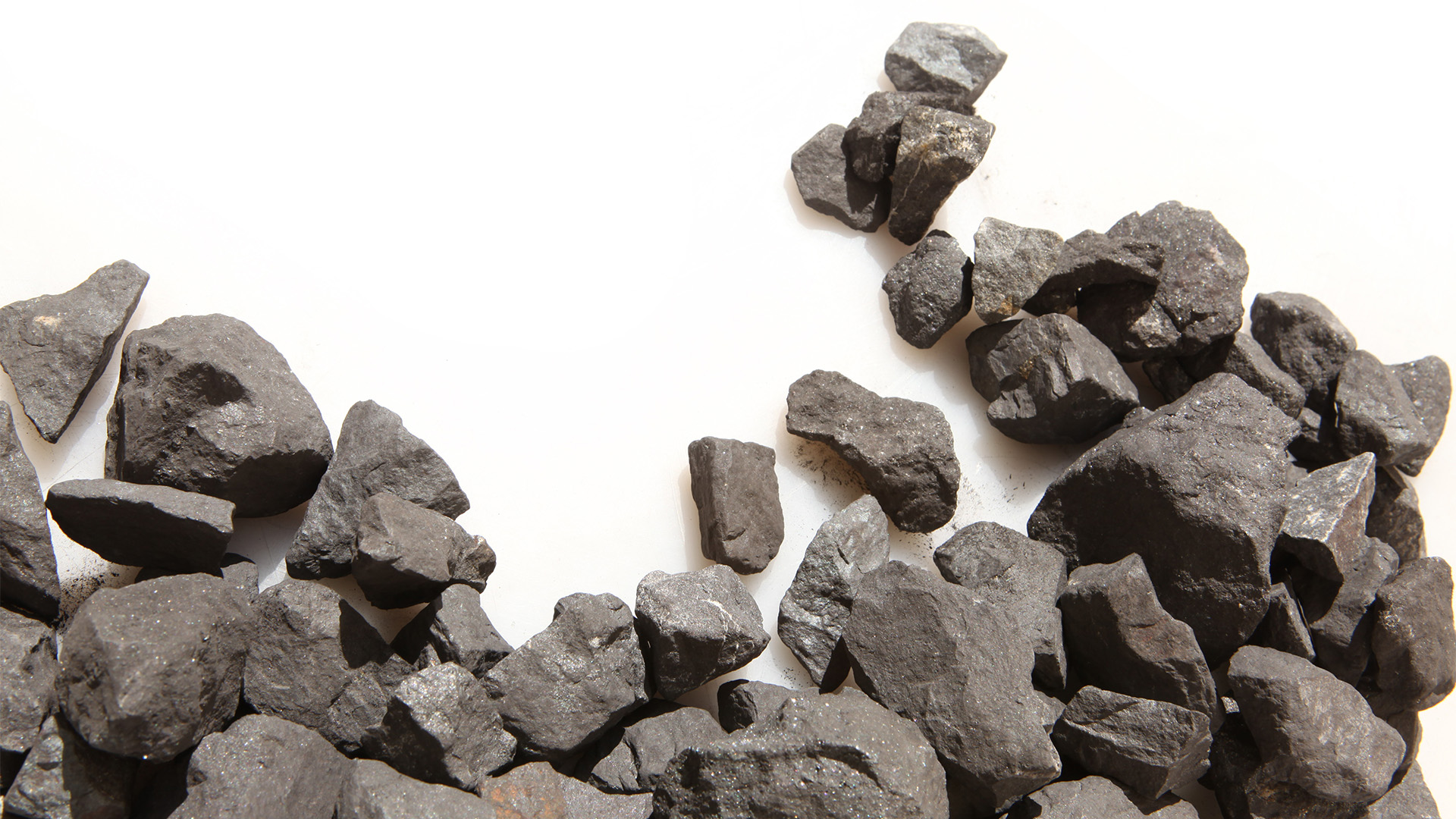Iron ore prices slid to four-month lows in Asian markets on Friday, setting up another weak start for the sector Monday morning and warning that the weak state of activity in the Chinese economy could finally be catching up with the resilient iron ore sector.
However, investors will also have to pay attention to this week’s annual meeting of China’s rubber-stamp parliament, the National Congress. It is forecasted to produce target figures for economic growth (around 5%) and repeat the fiction that the inflation target is 3% for the Consumer Pride Index, which was badly missed in 2023. This meeting could provide some lift to iron ore prices and market sentiment.
Iron ore lost ground in both February and January. The price peaked around $US142 a tonne at the start of January and then softened gradually to end at $US113.20 a tonne on the SGX commodities market in Singapore on March 1 (Friday). This was down 20% from the year peak in early January and 12% over February when part of the problem for traders was the absence of economic data, especially imports of iron ore and steel production figures for January. The trade data for both months will be out on Thursday this week, and production data for both months combined is due for release early next week.
The Lunar New Year break in mid-February destabilizes economic demand and wider activity with a surge of imports and exports to try and cover the week-long break.
Based on anecdotal evidence and events such as the liquidation order sought against the indebted property group Country Garden (after bigger rival Evergrande was ordered to be liquidated in late January), among the most immediate influences on sentiment about the health of the steel sector.
Weak readings on activity across the manufacturing sector in January and February showing continuing contraction also provided little comfort.
"The country is entering its peak construction period, but there is little sign of steelmakers increasing output," analysts at ANZ bank said in a note last week.
So, in some respects, it’s not surprising that the odd boomlet in iron ore prices in the back months of 2023 and January vanished as February progressed through the break and beyond.
Given that, it's no surprise that the share prices of the world’s four biggest miners have tracked lower over the first two months of this year. Shares in Vale, the big Brazilian miner, are down more than 14%, followed by BHP with an 11% drop, Fortescue with a 10.8% slide, and Rio Tinto with an 8.5% fall.
Shares in Kumba Iron, the South African iron ore miner controlled by Anglo American, eased last week (and are down more than 11% year to date) after it confirmed its year of woes in 2023 by slashing projected mining and export targets for the coming year.
Kumba is the biggest miner and exporter in South Africa and Africa (Anglo also has a small but struggling operation in Brazil), and production and exports fell sharply towards the end of last year because of mining problems, theft of wagons (and cables and rails), and power and transport problems.
Kumba cut nearly 500 jobs last week as it formalized a lowering of output.
The company had stockpiles of iron of 7.1 million at the end of 2023 (which is nearly equal to a single quarter’s shipments), and the growing surplus and transport problems forced Kumba to cut output to between 35 million tonnes to 37 million tonnes from this year to 2026.
Output fell 5% to around 35.7 million tonnes over 2023. That was after output fell nearly 24% in the final quarter to 7.2 million tonnes.
In December, the company (with the support of its parent) said it was curbing production to match the limited capacity of the state-owned rail operator Transnet, hit by shortages of locomotives and spares, as well as rampant cable theft and vandalism.
Elsewhere in commodities, a dip in US bond yields Friday and a slight easing in the value of the US dollar saw commodity prices steady, but the trend remains overall negative.
Except for nickel and thermal coal – two of the sliders in recent months.
LME nickel prices ended the week with a very rare gain – up more than 7% to finish at $US17,161.50 a tonne. Last week’s rise also dragged the gain for the year so far to 6.3%. That was despite a fall of 1.555 on Friday.
Comex copper ended the week down 0.3% at $US3.86 a pound.
Comex gold was up 2.2% over the week, closing at $US2,091.60 an ounce at the close, down from the earlier settlement at $US2,095.70.
And West Texas Intermediate-style crude ended at $US79.80 (after rising above $US80 a barrel in early trading), and Brent finished at $US83.46. WTI rose more than 4% for the week, and Brent was up over 3% a barrel.
The number of oil rigs operating in the US rose by 3 last week, according to data from energy services company Baker Hughes.
The weekly count for oil rose to 506 from 503, while the tally for gas dropped by one to 119, Baker Hughes said. Miscellaneous rigs increased by one to four.
A year earlier, the US had 592 oil rigs, 154 gas rigs, and three miscellaneous rigs in operation. Overall, 629 rigs were operating in the US this week, down from 749 a year earlier.
And high-grade thermal coal (6,200 KC values) traded in Newcastle hit their highest levels so far this year, ending the week at $US136 a tonne for the April contract.














